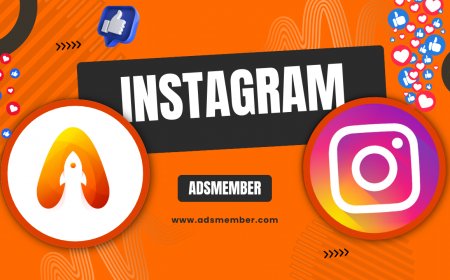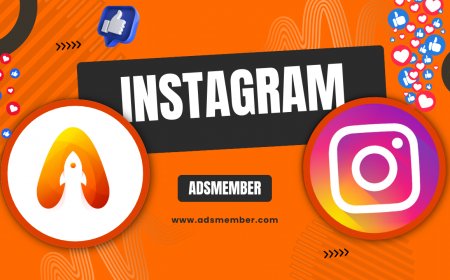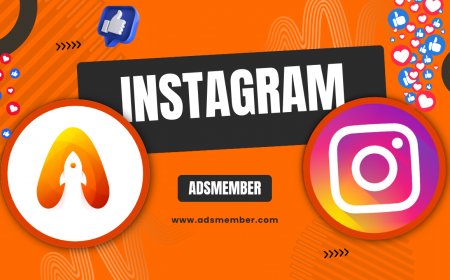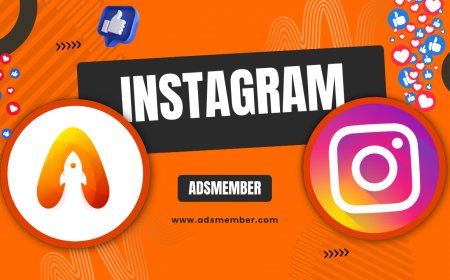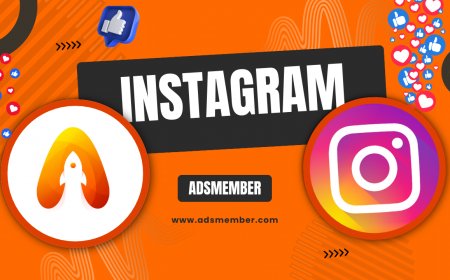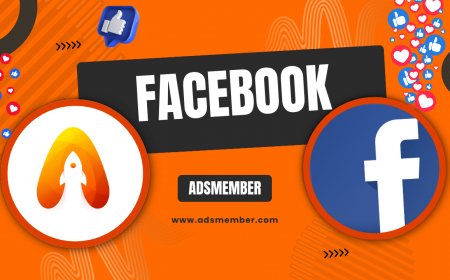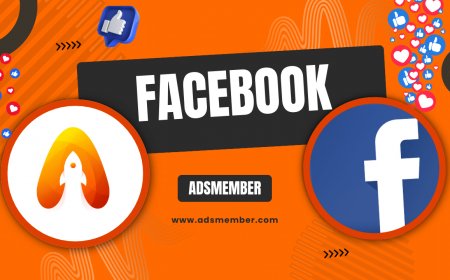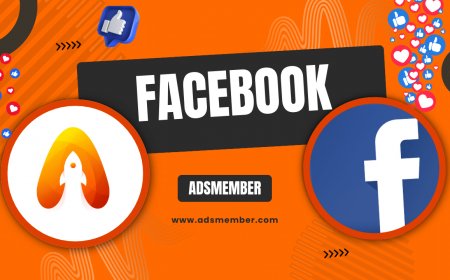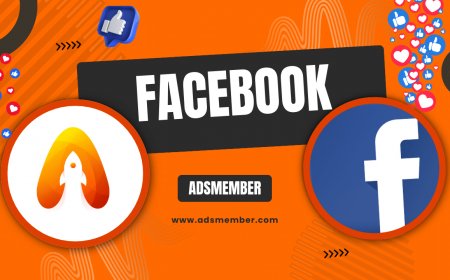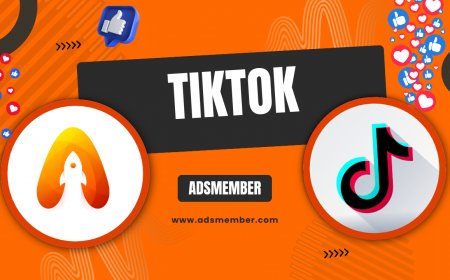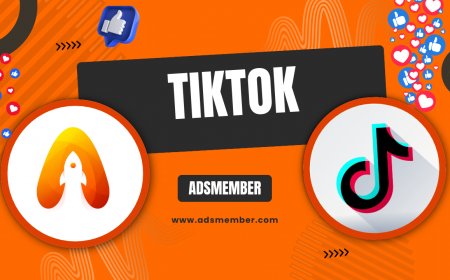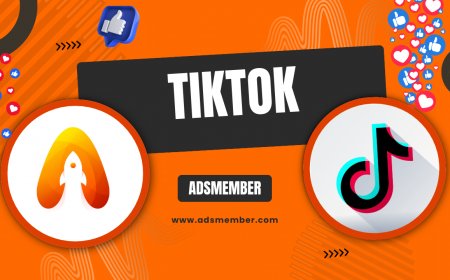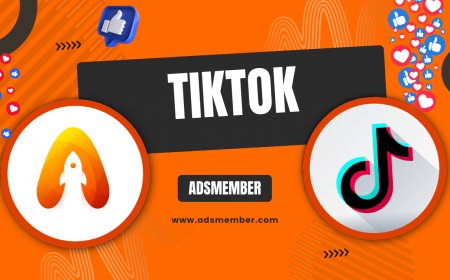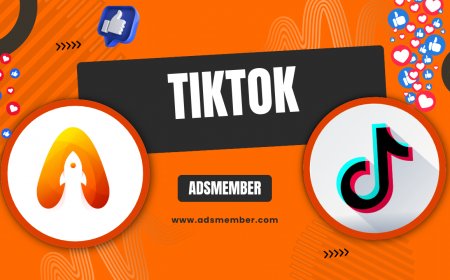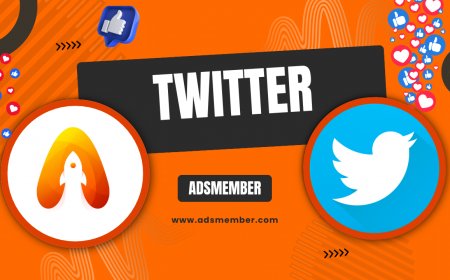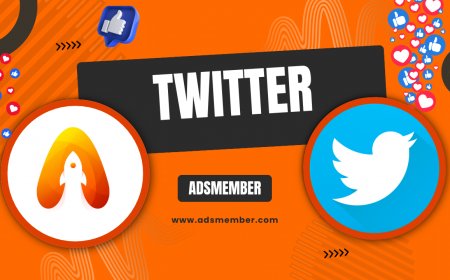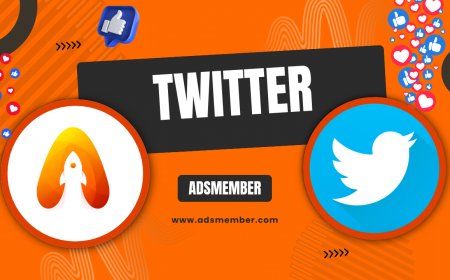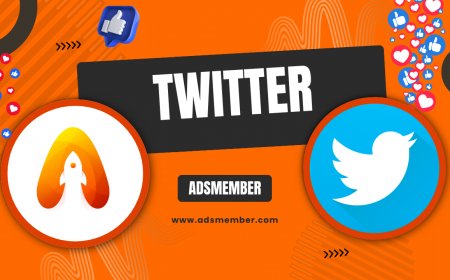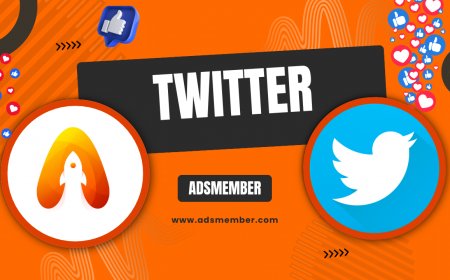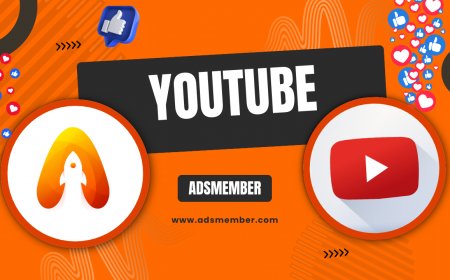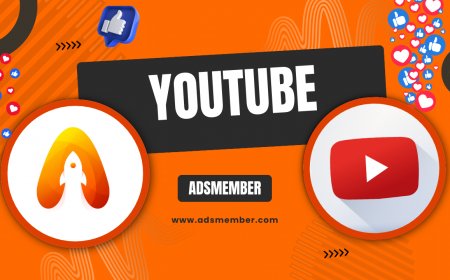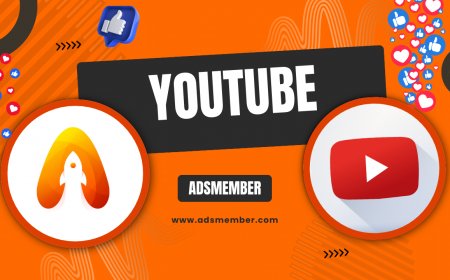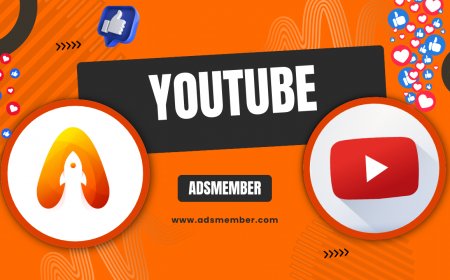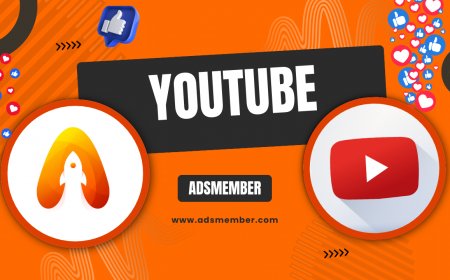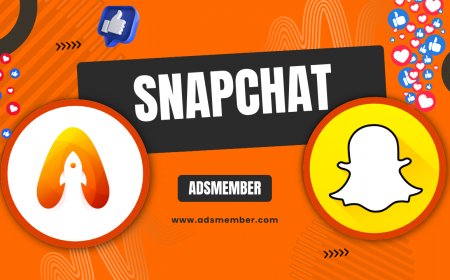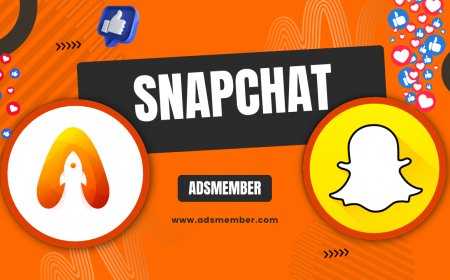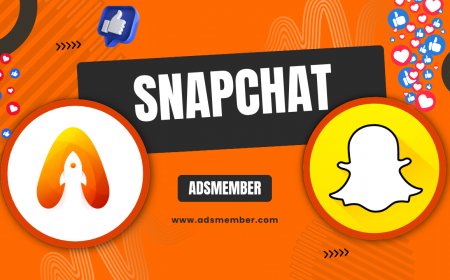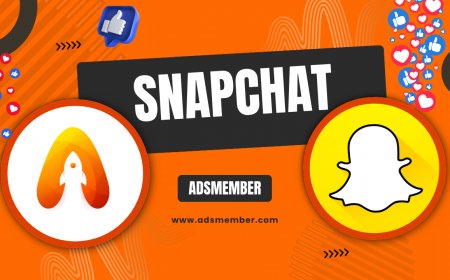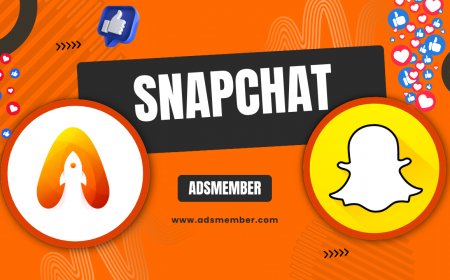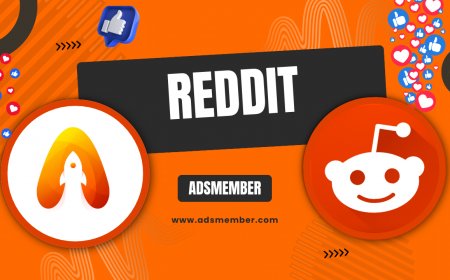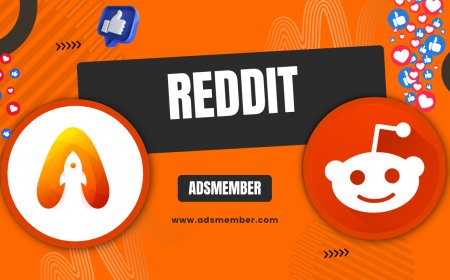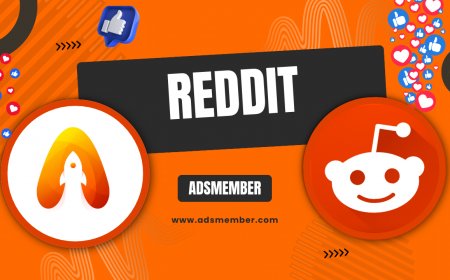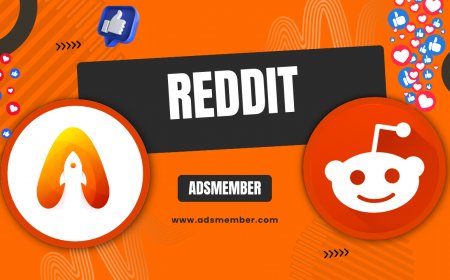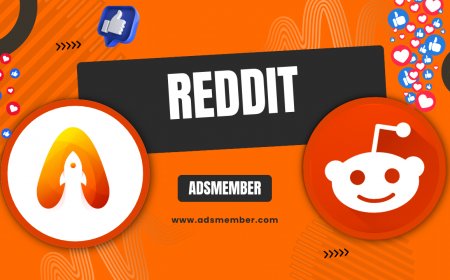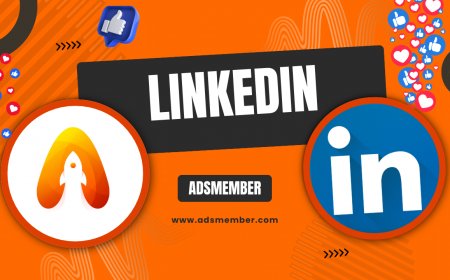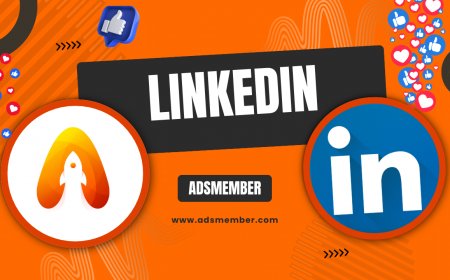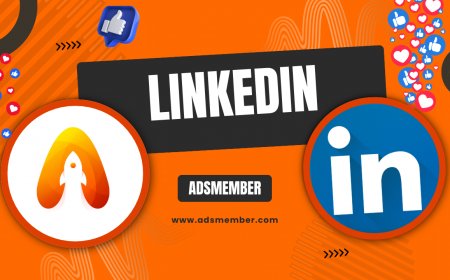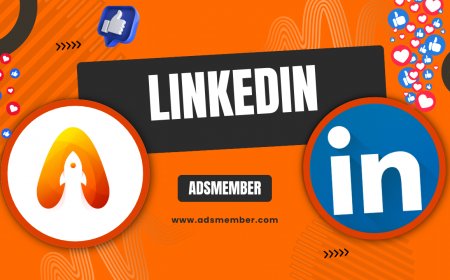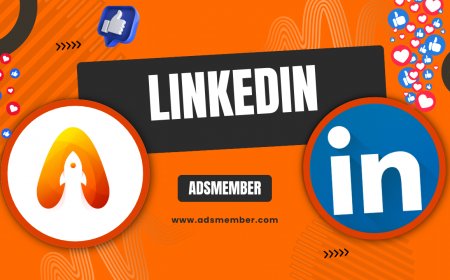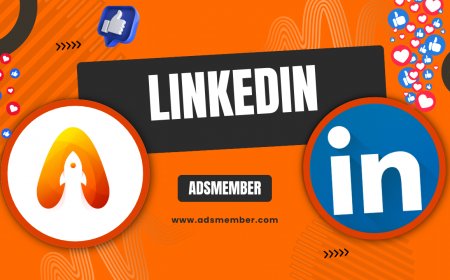What Is LinkedIn Used For? Essential Guide for Pros
Discover what LinkedIn is used for, from networking and job hunting to building your professional brand. This guide explores key features, tips, and real-world…
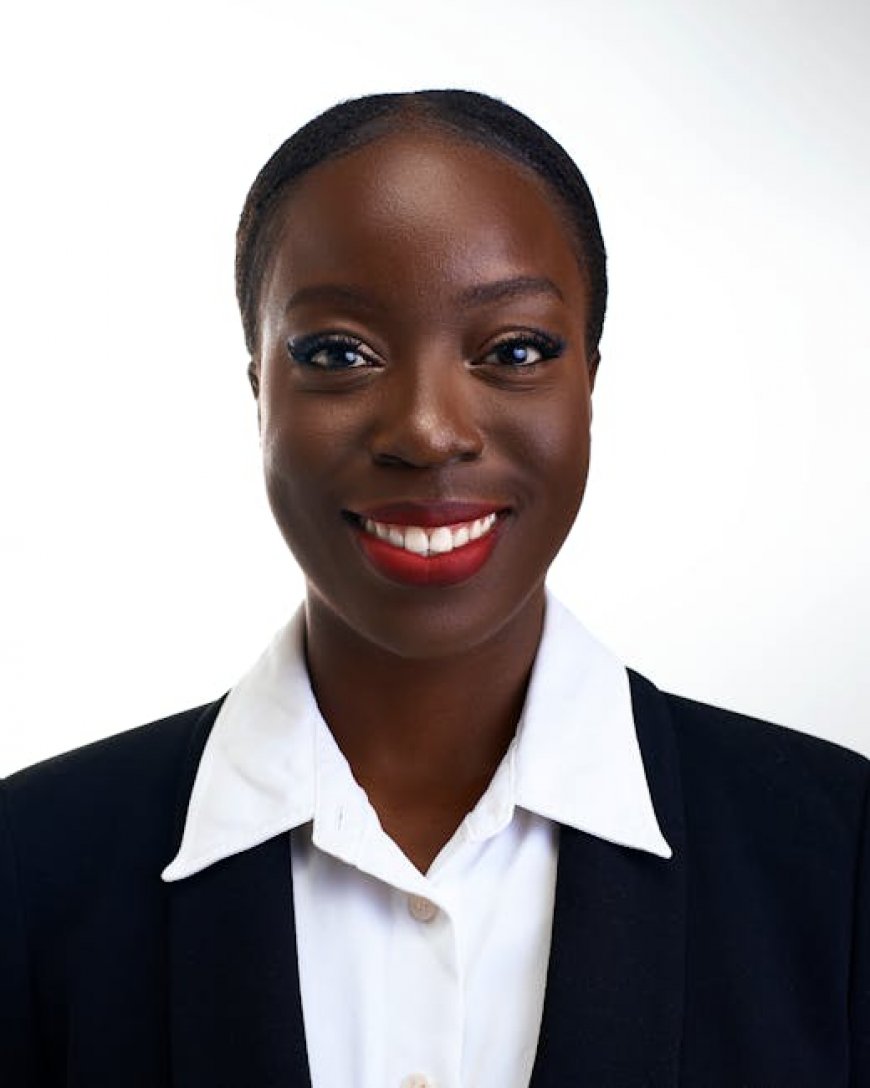
LinkedIn has evolved far beyond a simple resume repository. Honestly, it's the go-to platform for professionals worldwide, boasting over 900 million users. In my opinion, what sets LinkedIn apart is its focus on meaningful connections rather than casual chit-chat. Whether you're job hunting, networking, or showcasing expertise, understanding LinkedIn's core uses can supercharge your career. Let's dive into its primary functions with practical insights and tips I've gathered from years of optimizing profiles for clients.
Building Professional Networks
At its heart, LinkedIn is a networking powerhouse. You connect with colleagues, mentors, and industry leaders to expand your circle. Unlike Facebook, it's all about professional value—think endorsements and recommendations that boost credibility. In my experience, a strong network opens doors to opportunities you didn't even know existed. For instance, I once connected with a recruiter through a mutual contact, leading to a freelance gig.
How to Network Effectively on LinkedIn
Start by optimizing your profile: Use a professional photo, craft a compelling headline, and detail your experience with keywords like 'digital marketing specialist.' Send personalized connection requests—avoid generic ones; mention a shared interest. Engage by commenting on posts thoughtfully. A unique tip: Use LinkedIn's 'Alumni' tool to find former schoolmates in your field; it's an underused gem for warm intros.
Case Study: Networking Success
Take Sarah, a mid-level manager I advised. She grew her connections from 200 to 1,500 in six months by joining industry groups and posting weekly insights. Result? She landed a promotion via a connection's referral. Analysis shows active users see 5x more profile views, per LinkedIn data.
Job Searching and Recruitment
LinkedIn is a top job board disguised as a social network. Recruiters scour it daily, with 87% using it for hiring (source: Jobvite). It's used for posting resumes, applying to jobs, and even headhunting. Personally, I've found it invaluable for passive job seekers—set alerts and let opportunities come to you.
Step-by-Step Job Hunting Guide
- Update your profile with achievements, not just duties. Quantify impacts, like 'increased sales by 30%.'
- Use the Jobs tab: Filter by location, experience, and keywords.
- Apply with Easy Apply, but follow up via message.
- Leverage endorsements: Ask colleagues to vouch for skills.
A pro tip: Enable 'Open to Work' subtly with the green banner— it boosts visibility without alerting your boss.
Recruiter Perspective
From chats with recruiters, they prioritize profiles with recent activity. One case: A client optimized his profile, engaged in discussions, and got three interviews in a week. LinkedIn's algorithm favors active users, pushing their profiles higher in searches.
Sharing Content and Establishing Thought Leadership
LinkedIn lets you publish articles, posts, and videos to showcase expertise. It's used for thought leadership, where pros share insights to build influence. In my view, this is where LinkedIn shines—turning users into industry voices. Emotional aside: Nothing beats the rush of a post going viral and sparking real conversations.
Content Creation Tips
Post consistently: Aim for 3-5 times weekly. Use polls for engagement; they get 2x more interactions. Incorporate hashtags like #Leadership for reach. Unique insight: Analyze post performance via LinkedIn Analytics—focus on dwell time, not just likes, to refine your strategy.
Real-World Example
Consider Gary Vaynerchuk, who built his empire through LinkedIn content. A smaller case: My mentee shared niche marketing tips, gaining 10k followers and consulting offers. Data from LinkedIn: Top voices see 9x more job opportunities.
Business and Brand Building
Companies use LinkedIn for branding, lead gen, and sales. Create Company Pages to share updates and attract talent. It's not just personal; B2B marketing thrives here, with 80% of leads from social coming via LinkedIn (HubSpot study).
Strategies for Businesses
Set up a Company Page with logo, description, and showcase pages. Post employee stories for authenticity. Use Sales Navigator for targeted outreach—it's a paid tool but worth it for precision. Tip: Integrate with CRM like Salesforce for seamless tracking; few do this, but it multiplies efficiency.
| Metric | Value |
|---|---|
| Global Users | 900M+ |
| Job Postings | Millions daily |
| B2B Leads | 80% from LinkedIn |
Professional Learning and Development
LinkedIn Learning offers courses on everything from coding to leadership. It's used for upskilling, with certificates that enhance profiles. Honestly, I've completed several myself— they're bite-sized and practical.
Maximizing Learning Features
Search for courses via the Learning tab. Integrate with your profile to display badges. A hidden gem: Follow influencers for free webinars; it's like mini-courses without the cost.
What is the main difference between LinkedIn and other social media?
LinkedIn focuses on professional growth, unlike Facebook's social vibes or Twitter's quick takes. It's for careers, not cat videos—in my opinion, that's its strength.
Is LinkedIn free to use?
Yes, basic features are free, but Premium unlocks advanced search and insights. I recommend starting free and upgrading if job hunting intensely.
How can I make my LinkedIn profile stand out?
Customize your URL, add a banner image, and write a story-like summary. Engage daily—profiles with media get 6x more views, per LinkedIn.
Can LinkedIn help with entrepreneurship?
Absolutely! Network with investors, share business updates, and use ads for targeting. One entrepreneur I know raised funding via connections here.
What's the best way to avoid LinkedIn spam?
Be selective with connections, report junk, and use privacy settings. Pro tip: Set messages to 'connections only' for a cleaner inbox.
What's Your Reaction?
 Like
0
Like
0
 Dislike
0
Dislike
0
 Love
0
Love
0
 Funny
0
Funny
0
 Angry
0
Angry
0
 Sad
0
Sad
0
 Wow
0
Wow
0
